Hydra2 Trail Carbon Wheels
Intended Use: Trail
Internal Width: 30 mm (front) / 29 mm (rear)
Versions Offered:
- 29’’ diameter & six-bolt rotor mount only
15 or 20 mm front axle, Boost and non-Boost versions - 148 mm Boost or 157 mm SuperBoost rear axle; endcaps available for many less-common configurations (including 141 mm QR, 150 x 12mm TA, and others; see Industry Nine’s website for details)
Blister’s Measured Weights:
- Hydra2 Trail Carbon Front Wheel (110 x 15 mm axle): 746 g
- Hydra2 Trail Carbon Rear Wheel (157 x 12 mm SuperBoost, MS driver): 912 g
- Wheelset: 1,658 g
MSRP:
- Hydra2 Trail Carbon Front Wheel: $1,085
- Hydra2 Trail Carbon Rear Wheel: $1,310
- Wheelset: $2,395
Bolted To: We Are One Arrival 152
Reviewer: 6′, 160 lb / 183 cm, 72.6 kg
Test Locations: Washington
Test Duration: 4 months
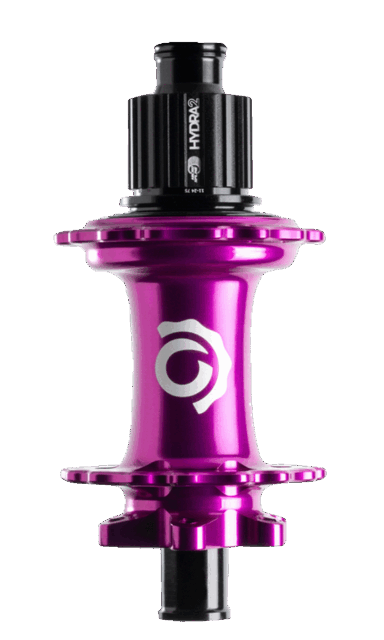
Intro
Industry Nine’s Hydra hubs offer some of the fastest engagement out there at 690 points, and have become one of the most common options for high-end MTB wheelsets, but they’ve got their drawbacks — less-than-stellar drag and a mixed track record re: rear axle and bearing durability being the main ones.
The new Hydra2 huns are meant to address those shortcomings — while engaging even faster — and we’ve been putting those claims to the test, with a pair of Hydra2 hubs laced into Industry Nine’s Hydra2 Trail Carbon wheels. Here’s our take:
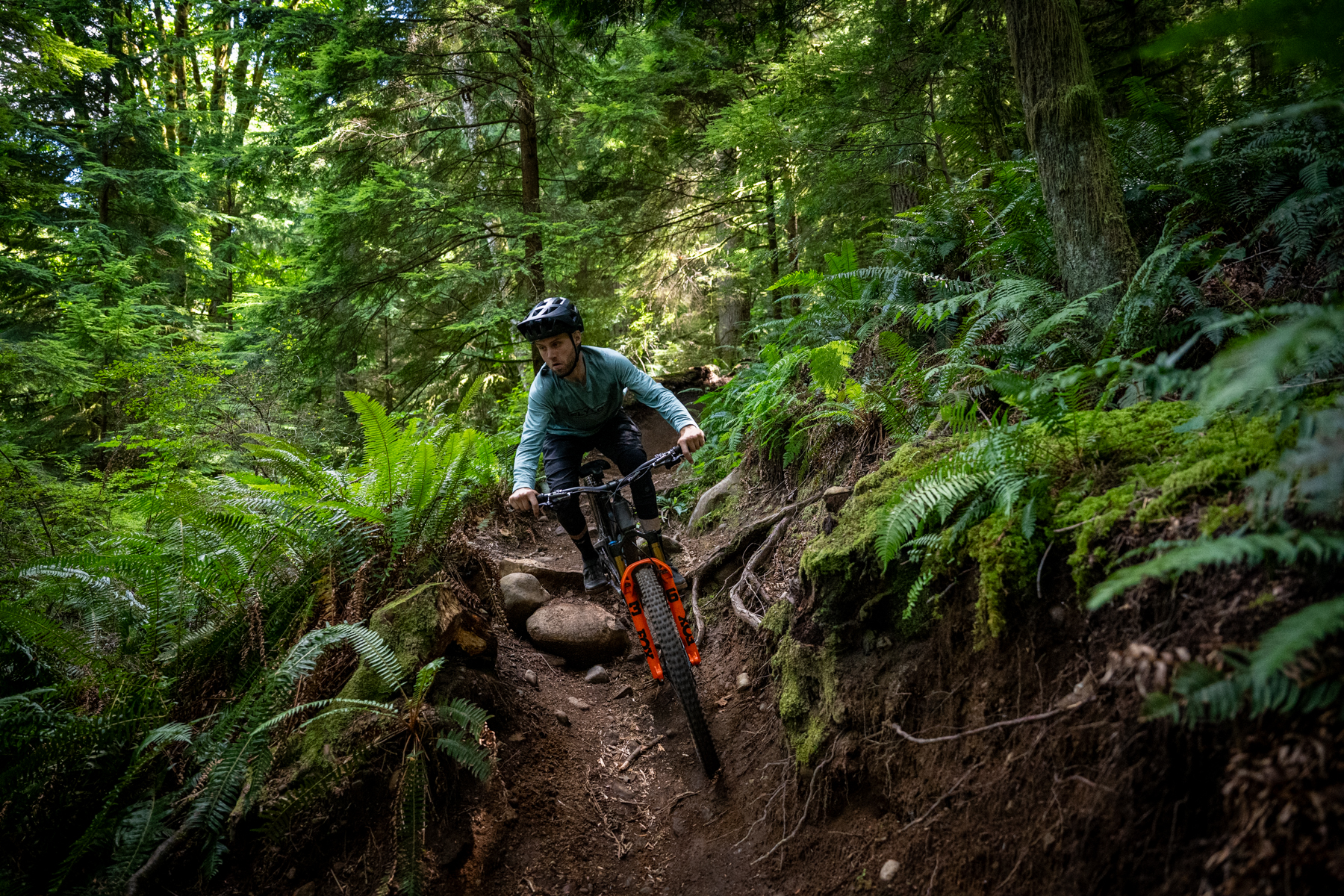
Design — Hydra2 Hubs
We’ve already covered the design of the new Hydra2 hubs in their First Look a while back, so I’ll just hit the highlights here; check out the First Look for a more detailed rundown.
As with the original Hydra, the Hydra2 rear hub uses six pawls that engage one at a time to produce an enormous number of engagement points. The original version featured an already-massive 690 of them; the Hydra2 gets even more, at 870. Those are delivered by an updated ratchet ring that’s a larger diameter than the original and uses a tougher grade of steel. The pawl pockets in the frehub body (and, correspondingly, the ends of the pawls that sit in them) have been enlarged to better distribute the load they see and reduce the likelihood of deformation there, too.
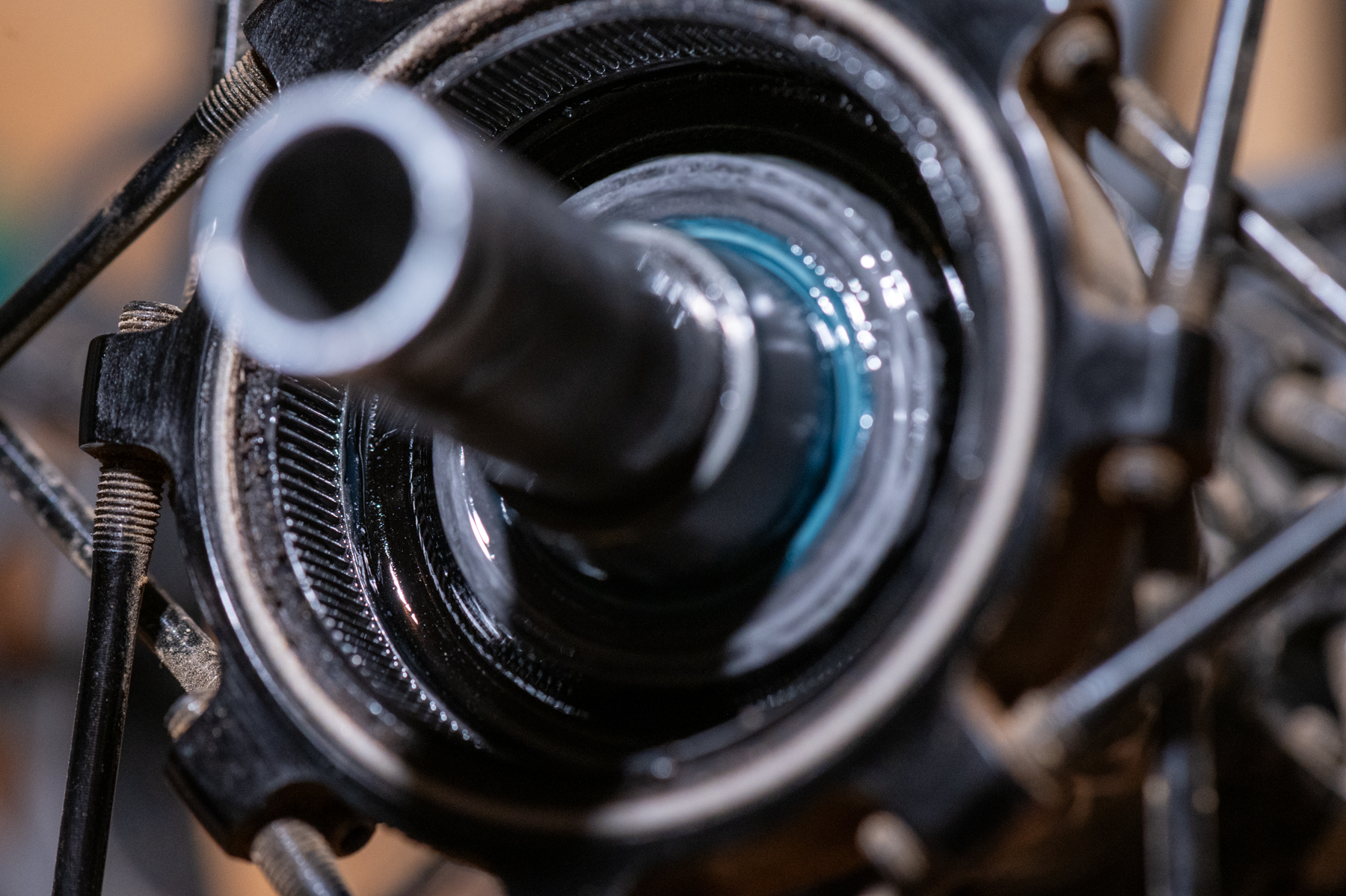
Industry Nine also beefed up the rear axle in the Hydra2, giving it thicker walls and a more tapered profile in strategic locations to reduce stress risers. A lot of folks, myself included, have broken Hydra rear axles over the years, and while they’re relatively easy to replace, it would, of course, be preferable not to need to. The Hydra2 design looks to be a big step up there (and, spoiler alert, so far so good on that front).
Another common complaint with the original Hydra was that they weren’t the fastest rolling option out there. The seals in the Hydra2 have been redesigned, and between those updates, new, larger bearings, and a few other tweaks, Industry Nine says that coasting drag from the Hydra2 has been reduced by 60% compared to the original.
The Hydra2 hubs are available on their own for standard J-bend spokes in a wide range of axle options and with six-bolt or Centerlock rotor mounts, or as part of Industry Nine’s complete wheel lineup, with options for aluminum and carbon rims across a range of intended uses, and either standard J-bend stainless steel spokes or Industry Nine’s straight pull aluminum ones, depending on the use case and wheel model in question. We’ve been testing the Hydra2 hubs as part of the Hydra2 Trail Carbon wheelset, so we’ll focus on those here. Check out Industry Nine’s website for their other options.
Design — Hydra2 Trail Carbon Wheels
The Hydra2 Trail Carbon wheels use rims from We Are One, in dedicated front and rear versions. The front rim is slightly lighter (claimed 406 g vs. 427 g for the rear) and has a 30 mm internal width to the rear’s 29 mm. Both have a 36.5 mm external width (adding up to 3.25 mm bead walls up front and 3.75 mm ones in back), and the wheels are offered in a 29’’ diameter with 32 of Industry Nine’s proprietary straight pull aluminum spokes, only; the J-bend stainless steel spoke wheel options only come on their more gravity-oriented offerings.
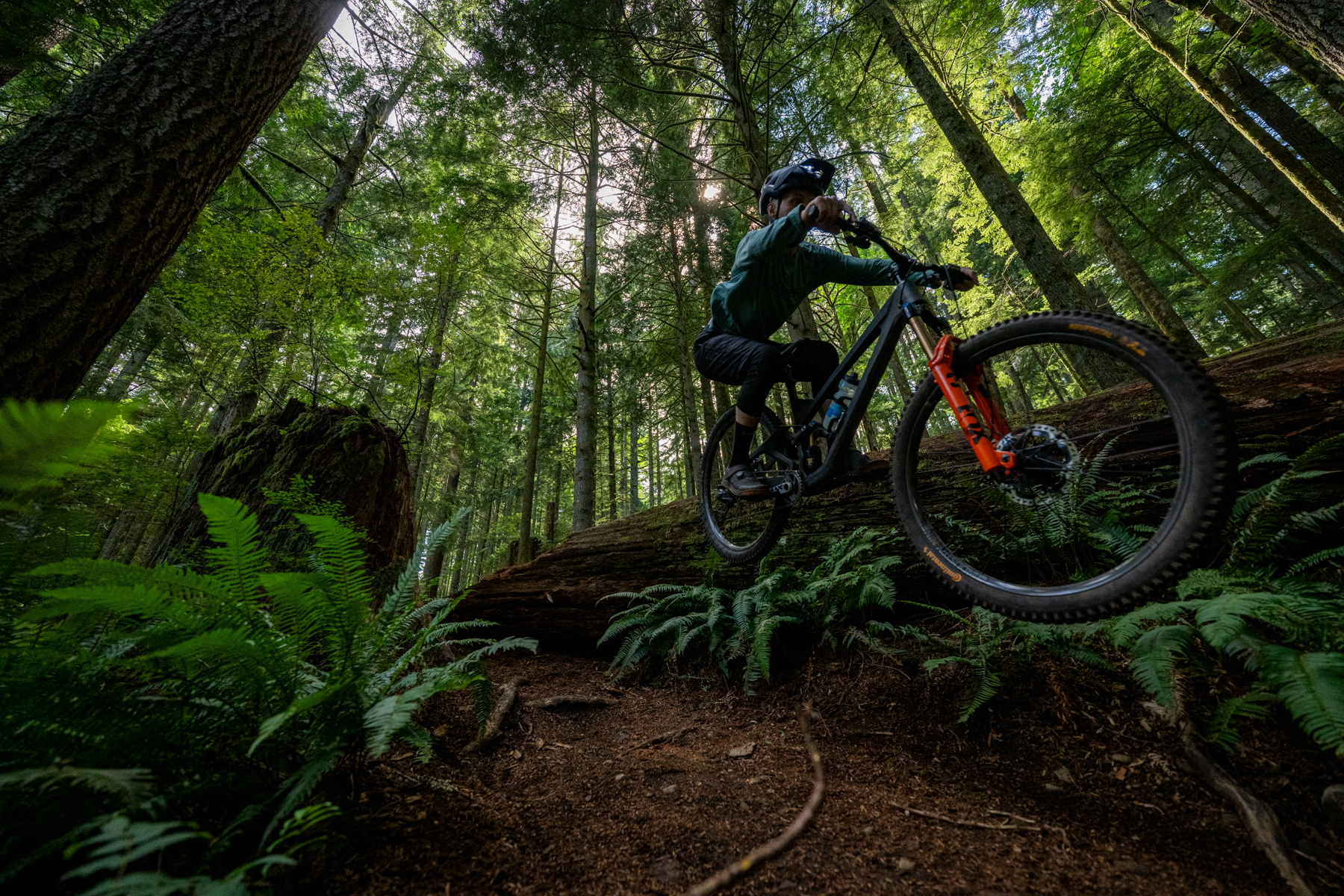
Mounting & Installation
Things have been pleasantly straightforward here. The wheels come nicely taped and with tubeless valves in the box, and a variety of tires that I’ve tried on them over the last few months have all mounted up with minimal fuss. Rims that pose a real challenge in getting tires to mount or seat are few and far between these days, and the Hydra2 Trail Carbon ones are no exception.
I will also note that the Hydra2 rear hub is a little easier to work on than the original. The main difference I’ve noted is that the drive side end cap on the Hydra2 is a lot easier to remove — the one on the original Hydra could be quite stubborn — which makes removing the freehub to get to its internals quite a bit easier. Not a big deal either way, but a nice update.
I have, however, run into one issue with the drive side end cap: the one that was supplied with our review wheels is not compatible with Shimano’s new 9-45 tooth cassettes, because the non-standard lockring that the 9-tooth small cog necessitates interferes with the hub’s end cap before it’s fully tightened. Industry Nine has since updated the end cap design to be compatible with the reduced clearance of the 9-45 lockring; the new version is compatible with Hydra, Hydra2, 1/1, and Solix rear hubs, and is available now.
Performance: Hydra2 Hubs
Let’s start with the Hydra2 rear hub: the short version is that it feels like a faster-rolling version of the original Hydra. The reduction in coasting drag is noticeable, and while I wouldn’t say that the Hydra2 specifically stands out as a fast-rolling option, it’s much more in line with a lot of other common options out there, rather than feeling notably slow rolling as was the case with the original Hydra.
As for the increase in engagement points, I’d be hard-pressed to notice any functional difference between the original Hydra and the Hydra2 in most real-world scenarios. The 690 points offered by the original feel nearly instantaneous; making the Hydra2 26% faster… is just also very fast. Frankly, I tend not to find ultra-fast engaging hubs to make a huge difference for my riding most of the time, and I’m generally fine with even 36 POE or so in most situations. Going a bit faster than that (say, to 72 or 90) can be nice in certain bits of technical climbing, but my take is that you rapidly hit a case of diminishing returns once you go much past that.
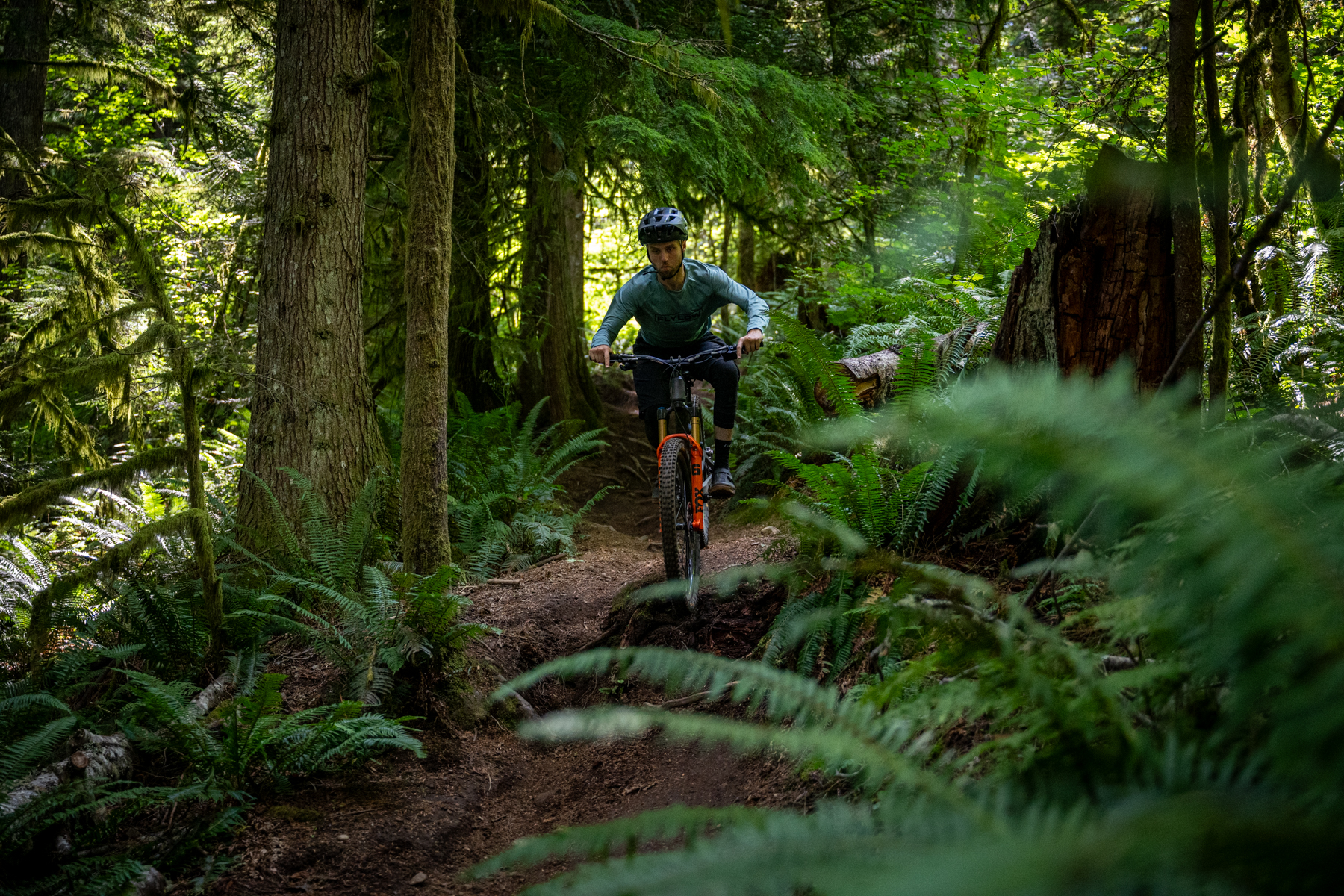
But that’s just me, and I’ll readily acknowledge that, living where I do in the Pacific Northwest, I do a lot less climbing in super rocky terrain than folks in many other parts of the world. The more your riding requires a lot of ratcheting of the pedals on chunky climbs, where you want to get as much out of each partial pedal stroke as possible, the more a faster engaging hub matters — and the Hydra2 is about as fast as they get.
Engagement speed wasn’t the main reason for Industry Nine adding even more points of engagement, though — as I already mentioned, the difference in feel between 690 and 870 is negligible. What it does change, though, is the amount of flex in the system.
The Hydra (both generations) freehub is designed to engage a single pawl at first, but as you apply more torque, the various components flex slightly (there’s no such thing as 100% fully rigid), allowing subsequent pawls to engage and spread the load around. By adding more points of engagement, the amount that things have to flex for that to happen is reduced.
There are two takeaways: first, reducing the amount of flex needed should help make the mechanism more durable. It also mitigates the very slightly soft-feeling engagement of the Hydra 1. It’s subtle, but you can feel the engagement of the original ramp up very slightly when it first hits, as the applied torque builds. That’s largely gone from the Hydra2. Does that latter point matter much in any practical sense? Not really. But they do feel a little different, and while I never minded that sensation in the original Hydra, I certainly don’t miss it, either.
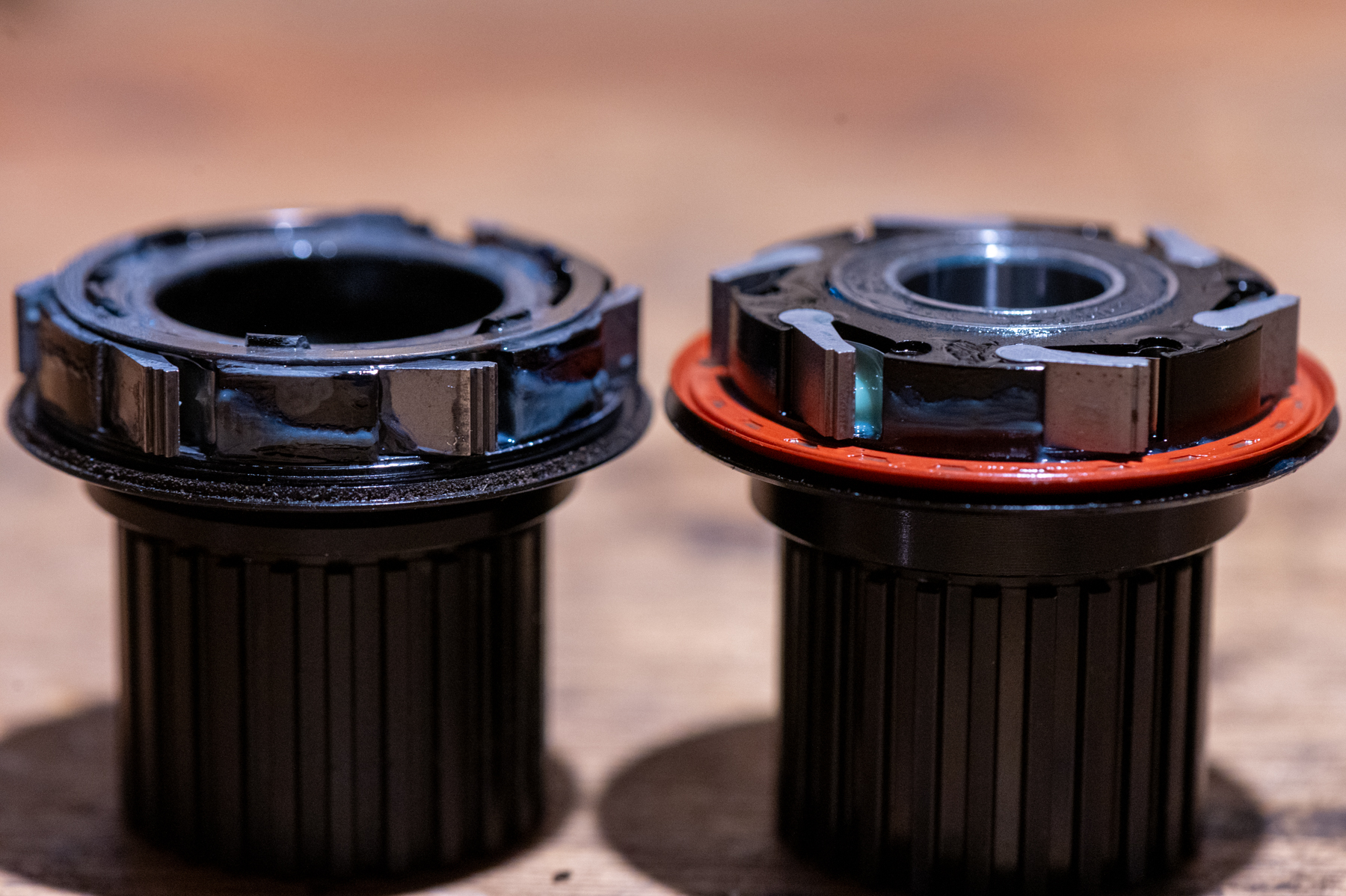
Industry Nine also says that the Hydra2 freehub is quieter than the original. I don’t dispute that, but the difference isn’t huge. Both versions (and most hubs in general) can be quieted down by applying more grease to the freehub mechanism, and the overall volume of the two Hydra generations is close enough that there’s a lot of overlap depending on lube status for both. (I.e., the Hydra2 is a little quieter overall, but a well-lubed original version is quieter than a Hydra2 that’s getting dry.)
Ride Quality & Performance: Hydra2 Trail Carbon Wheels
As for the Trail Carbon wheels that our review set of Hydra2 hubs is built into, they’re a notably lightweight option in the burly Trail bike wheel market, which are on the stiffer, more precise-feeling end of the spectrum, and with a notably lively, energetic ride feel.
Whether or not that’s a good thing is going to depend on what you’re after. The latest Enve M6 wheels are a useful point of comparison here. They’re very close to the Hydra2 Trail Carbon wheels on both price and weight, but differ a lot in their ride feel.
[The Trail Carbons retail for $95 more, and our review pair is 38 grams heavier than the M6s, though the M6s have the advantage of being Boost vs. Super Boost and Centerlock vs. six-bolt. It’s hard to make a truly apples-to-apples comparison since neither wheelset offers a different option for rotor mounting standard, but in real terms, they’re extremely close, weight-wise.]
The added stiffness of the Trail Carbon wheels makes them feel a notch more direct and energetic in how they respond to inputs; they also transmit a little more feedback over smaller trail chatter and the like. To be clear, they’re still within the range of what I’d consider to ride reasonably well — these aren’t like the ultra-punishing carbon wheels of yesteryear — but they’re on the stiffer end of the spectrum.
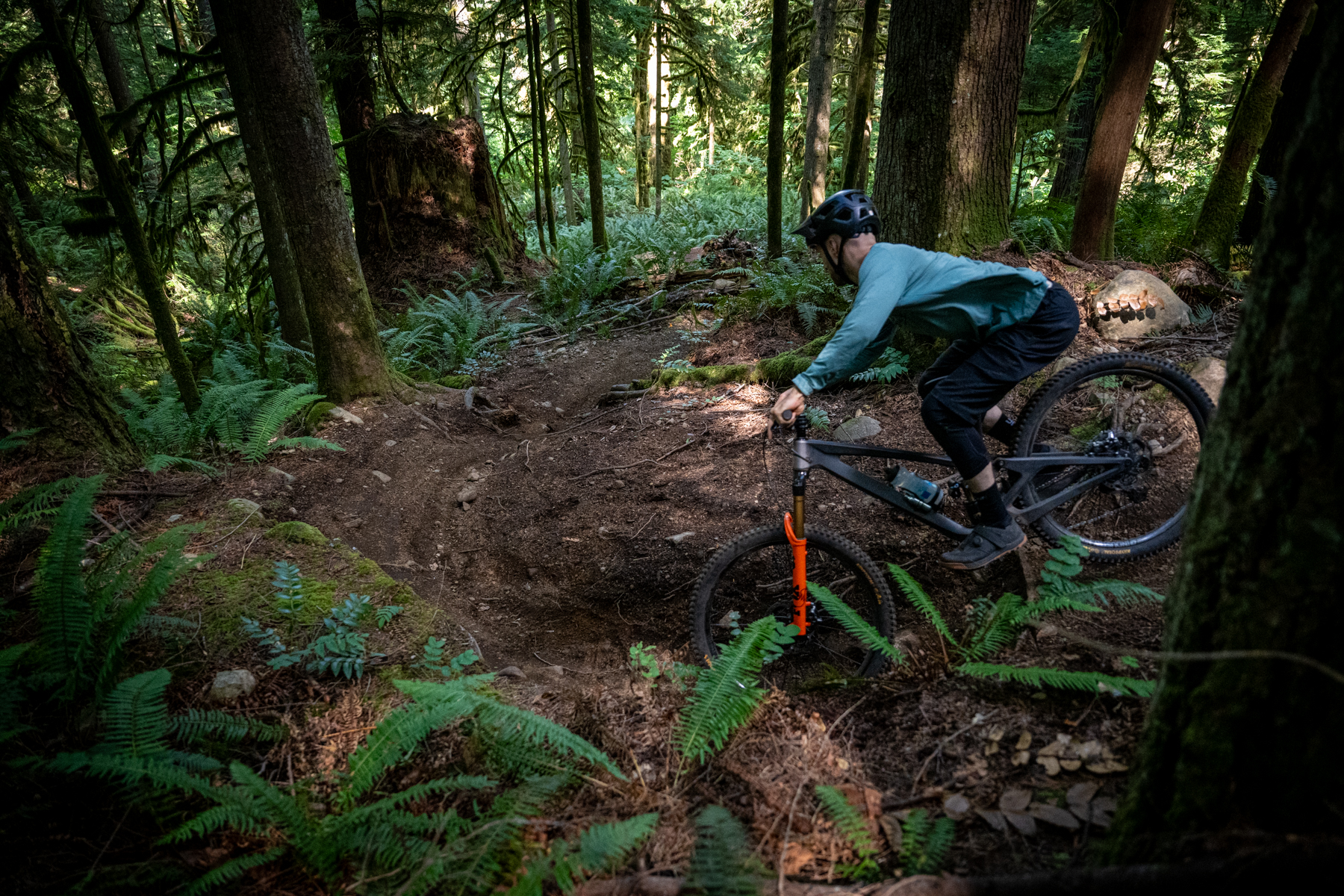
If you want a more muted ride feel, there are better options out there (including the Enve M6); if you’re looking at light carbon wheels to help make your bike feel snappier and more energetic, going a little stiffer makes sense. And while it’s hard to say for sure — I haven’t ridden a hypothetical version of the Trail Carbon wheels laced up with regular stainless steel spokes to compare — my general sense from time on a variety of Industry Nine’s aluminum-spoked offerings over the years is that they tend to feel a little springier and more lively than stainless spoked wheels do. The Trail Carbon wheels certainly do, in a way that I think the right folks will like quite a bit.
Durability & Maintenance
Nothing to report here — the Hydra2 Trail Carbon wheels are holding up well so far. They’re still round and true without me needing to pick up a spoke wrench; the bearings are in good shape (and the non-driveside rear hubshell bearing features a much more robust secondary seal, which was a weak point of the original Hydra); and I haven’t needed to do anything with the freehub mechanism, either.
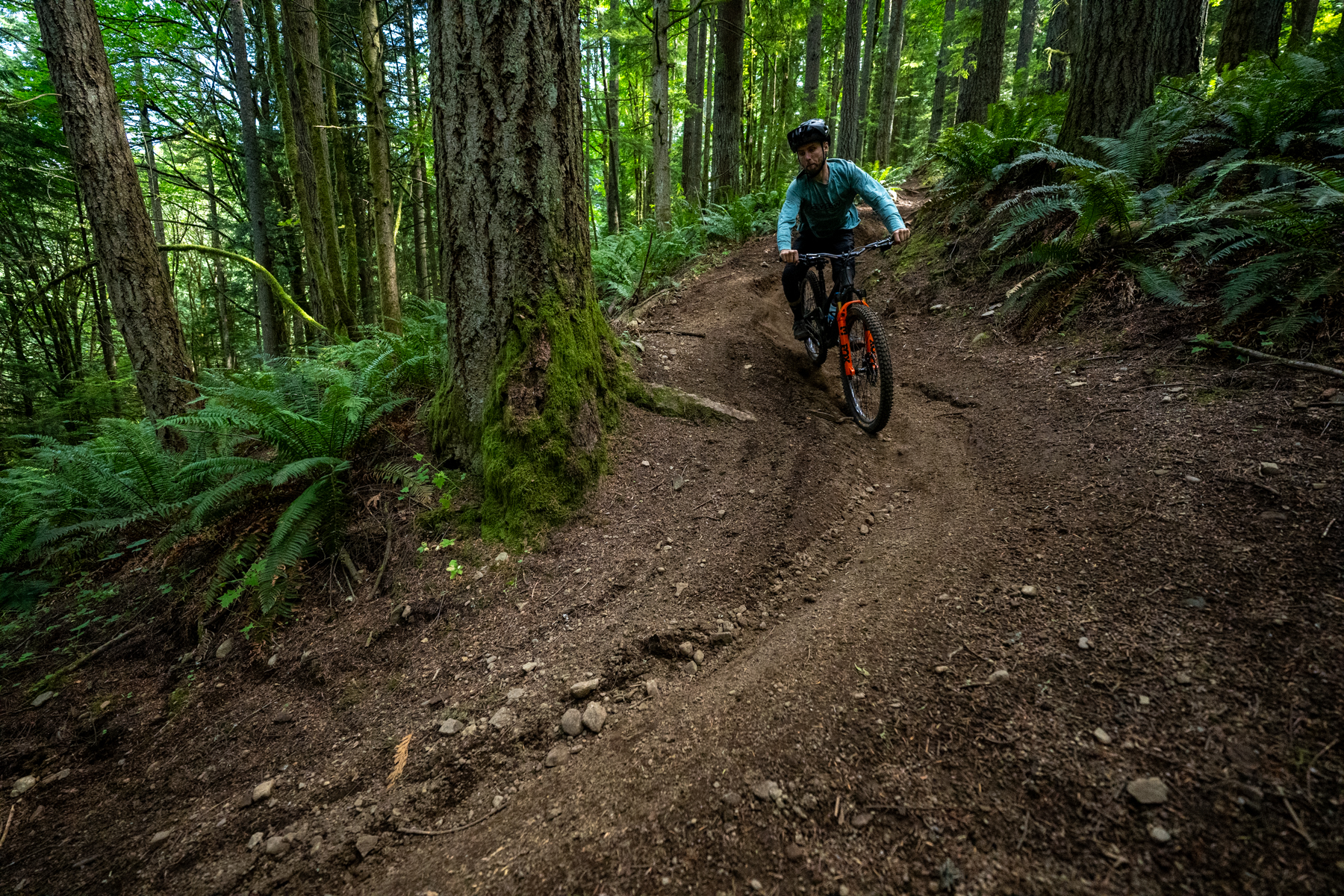
Bottom Line
The Hydra2 hubs are a welcome update to the longstanding original Hydra. The new versions roll better, feature better sealing and beefier axles, and engage even faster (though, in practice, they’re hard to distinguish from the already super-fast first-generation Hydra on that front). I still don’t think everyone needs the fastest possible hub engagement, and there are faster-rolling options out there still, but the Hydra2 is a clear improvement over the original, and if you want the ultra-quick pickup that they offer, there are few options that can match them there.

Compared to something like WAO Sector
How’s the ride feel?
Do they really transmit much feedback?